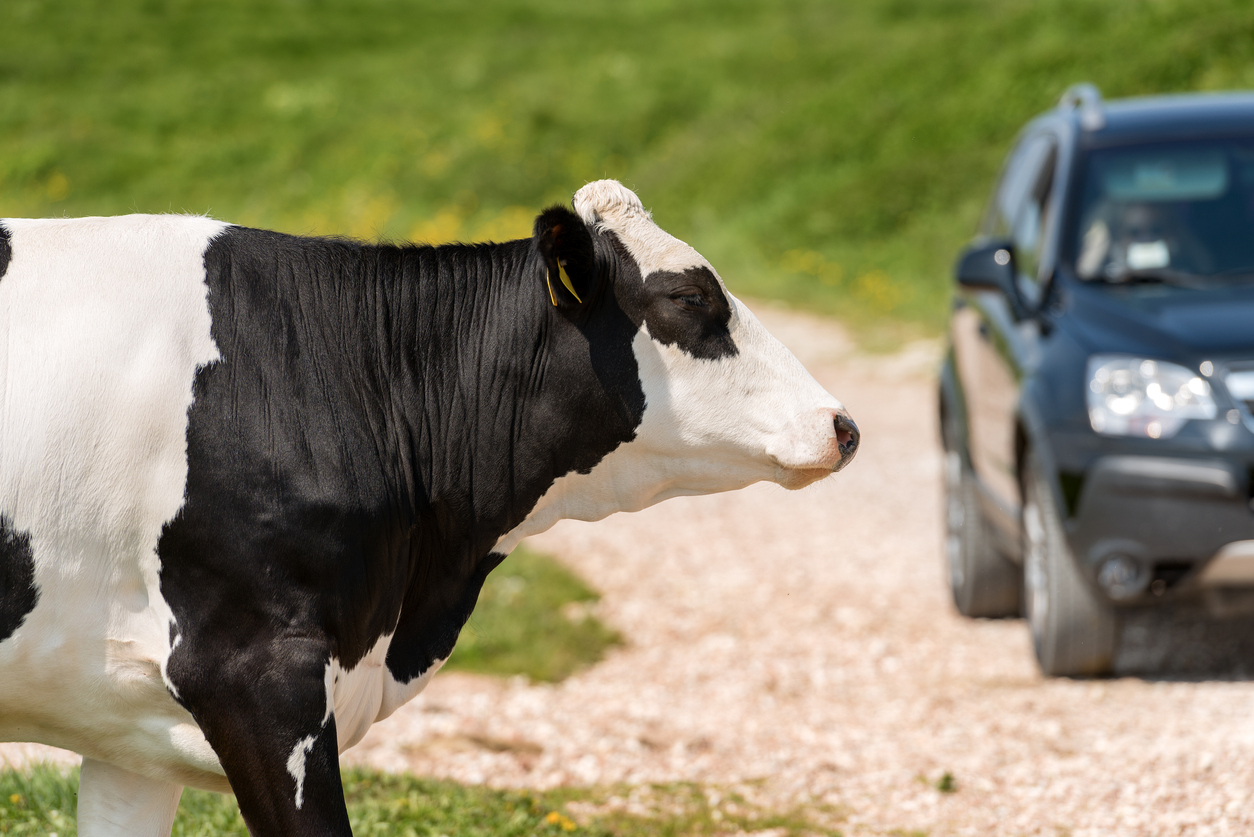More cars on the road mean New Zealand’s household emissions continue to grow, while renewable energy expands and dairy takes a greater share.
Stats NZ has released its latest environmental-economic accounts report which sums up the changes to greenhouse gas emissions across industry and households between 2007-2017.
Emissions from industry accounted for 89 per cent of all of the greenhouse gas emissions in 2017, with households making up the rest. Dairy farming alone accounted for 20 per cent of total emissions, with sheep, beef, and grain combined making up 27 per cent.
Growing transport emissions have boosted household emissions overall, which is in part due to the higher number of tourists driving our roads.
The SMC asked environmental economic experts to comment on the report. Feel free to use these comments in your reporting.
Professor Emeritus Ralph Sims, Sustainable Energy and Climate Mitigation, Massey University, comments:
“We have well understood the hugely challenging problem of climate change for many years. So it is deeply concerning that New Zealand has not been able to ‘bend the curve downwards’ in that our annual greenhouse gas emissions keep rising.
“The main reduction has been in energy emissions due to the growing shares of renewable electricity in the total mix. This has been accomplished without any government intervention because we have excellent resources – and the share will continue to rise to over 90% soon.”
“The continuing growth in transport emissions is largely due to New Zealanders’ love for the car – the bigger the better! Given that annual SUV sales continue to grow, and the life of a car is 15 to 20 years, government intervention is long overdue to encourage the purchase of low-emitting vehicles. The present policy to encourage electric vehicles is a mere token and a lot more is needed to penalise the large emitters and hence reduce demand for such vehicles. Supporting KiwiRail is a good start.
“Agricultural emissions intensity has declined slightly mainly through increasing productivity on the farm. However, it will be decades before any current research outputs to reduce methane or nitrous oxide emissions from animals will have a real impact.
“So overall we have a major problem to resolve rapidly. The pending climate change legislation (now long overdue) will be essential to start to bring our emissions down but it will need strong regulations urgently imposed to make a difference in the short term – and time is running out.
“International pressure is already growing for New Zealand to do more.
“If only we could attract greater public attention for the problem and thereby gain a high international reputation for our efforts akin to what the Black Caps have achieved in the World Cricket Cup.
“Is winning a game of cricket really more important than our children’s future?”
No conflict of interest.
Dr Ivan Diaz-Rainey, Associate Professor of Finance, Climate and Energy Finance Group, University of Otago, comments:
“The report shows that New Zealand’s greenhouse gas emissions have essentially flat-lined over the last decade, but some sectors have increased emissions and some have shown a decrease. Electricity and gas saw the largest decline at 41.7 per cent (a decrease of 3,359 kilotonnes) while dairy cattle farming saw the largest rise of 27.7 per cent (a rise of 3,636 kilotonnes).
“The decline in electricity and gas no doubt reflects the increased use of wind energy and geothermal power over the last decade and is definitely the good news story in all this. The rise in dairy emissions were partly offset by a decline in sheep, beef cattle, and grain farming (down 11.7 per cent – a decline of 2,969 kilotonnes). This no doubt reflects changing land use towards dairy.
“Households have also seen a large increase in emissions largely due to road transport. Tourism emissions have also risen as the number of international visitors using NZ roads has increased.
“All-in-all, this is not good news, we still have a very high greenhouse gas intensity compared to other industrialised countries (greenhouse gas emissions relative to GDP) and have performed poorly relative to countries like Denmark that have managed large cuts in greenhouse gas emissions.
“The report will help set sectoral carbon budgets as part of the Zero Carbon Act, but what is needed the most is policies that reverse the rising emissions trends in some sectors and encourage further declines in the ones that have been falling. Stopping dairy conversions and intensification, encouraging electrification of the light vehicle fleet, as well as product policies that ban inefficient appliances and an enhanced building code that encourages more energy efficient buildings and retrofits, must surely be at the top of the lists of policies needed.”
No conflict of interest.
Lynn Riggs, Fellow, Motu Economic and Public Policy Research, comments:
“The increase in household emissions is an interesting finding despite the fact that the data used for the analysis are limited. As stated in the report, this finding does warrant further investigation in order to better understand the factors driving this increase. Household emissions are the one component where people can take action and have the satisfaction that they are helping to make a difference.
“Having said that, it is just as important that people have the information and the resources that they need to affect change. Oftentimes, efficient appliances and other goods are more expensive than those that are less efficient, and not everyone has the resources to pay that upfront cost even if the purchase will save them money down the road.
“It is also important for people to see that their contributions are making a difference, otherwise it can be easy to minimise our own small individual impact on the world.”
Conflict of interest statement: Motu has produced a household climate action tool that allows households to see the impact of their behaviour changes on their carbon footprint.
